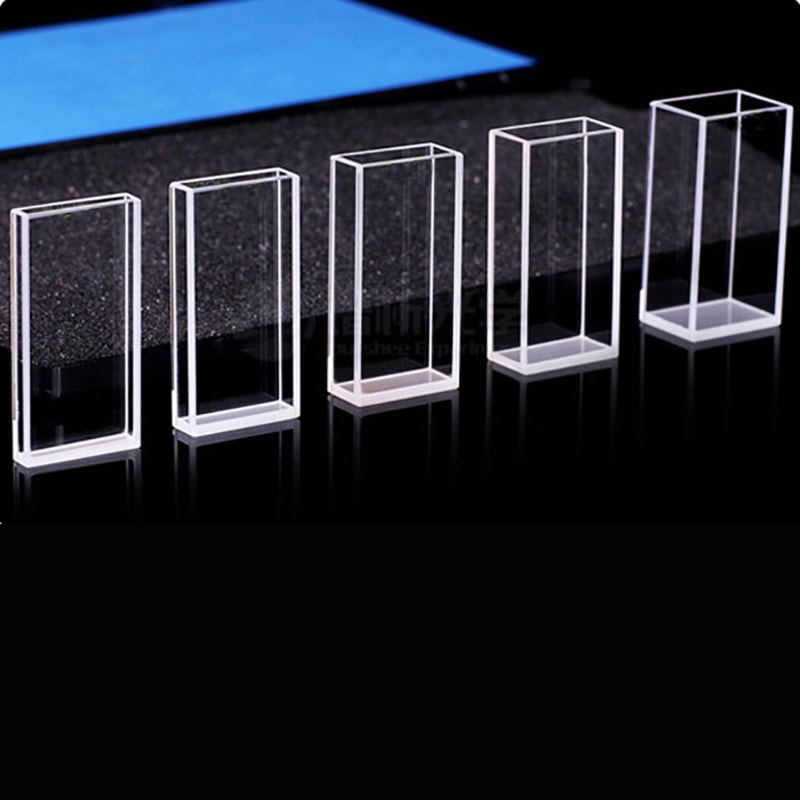Knowledge the Benefits of Quartz Vials in Lab Applications
Knowledge the Benefits of Quartz Vials in Lab Applications
Blog Article

The Advantages of Cuvettes and Quartz Vials in Medical Research
In clinical study, the accuracy and reliability of measurements are paramount, specially in fields like spectroscopy, compound analysis, and biology. One important factor that assures precision in these studies could be the cuvette, particularly quartz vial. Knowledge the advantages of cuvettes and the advantages of using quartz vials can considerably affect the outcome of experiments and lab work.
Precision in Spectroscopy
Cuvettes are essential for keeping fluid products in a variety of analytic devices, most notably spectrophotometers. They gauge the absorbance or sign of light through a sample, and the cuvette acts as the container for the test throughout analysis. The size and substance of the cuvette play an essential position in ensuring the accuracy of the measurements. Quartz vials, particularly, offer extraordinary visual clarity, allowing for precise light transmission across a wide range of wavelengths, including uv (UV) light. That makes quartz vials a fantastic choice for spectroscopic experiments, wherever accuracy is critical.
Durability and Chemical Weight
Quartz vials be noticeable for his or her durability and weight to hard chemicals. Unlike plastic cuvettes, quartz vials are less inclined to weaken or react with substances in the test, ensuring that the outcome of the experiment stay unaffected by potential contamination. This characteristic makes quartz vials particularly useful in settings where aggressive solvents or high conditions are involved. Their power to endure severe conditions without diminishing the integrity of the test is among the major factors they're favored in several lab applications.
Accuracy in Measurement and Form
The size of a cuvette is not a one-size-fits-all situation. The dimension of the cuvette, such as for instance its route length, influences the volume of the test and the amount of light that passes through. Picking the correct cuvette measurement for the specific experiment ensures that the answers are not skewed because of below or over-concentration of the sample. Quartz vials come in a number of dimensions and forms, letting scientists to select the absolute most proper choice on the basis of the requirements of their experiment. That freedom contributes to more exact knowledge and provides for greater control over fresh conditions.
Openness and Gentle Transmission
Quartz is known for its outstanding transparency, specially in the ultraviolet (UV) and visible mild spectra. This makes quartz vials perfect for use within instruments that need apparent optical routes, such as for instance UV-Vis spectrophotometers. The remarkable light indication houses of quartz make sure that the gentle moves through the trial with minimal scattering or absorption, ultimately causing more exact readings. For tests that need large precision, quartz vials give a distinct benefit around other materials.
Long-Term Consistency
When in study labs, it is a must to have reliable tools that maintain their integrity around time. Quartz vials aren't just chemically resilient but additionally very resilient, indicating they're less inclined to experience use and tear. That long-term stability guarantees that researchers may use quartz vials for prolonged intervals without worrying about degradation or the necessity for repeated replacements, adding to cost-effectiveness in the extended run.
In summary, equally cuvettes and quartz vials provide a selection of advantages that enhance the standard and reliability of lab experiments. From their superior optical quality to their chemical resistance and durability, these methods are indispensable in scientific research. By selecting the best cuvette size and applying quartz vials, scientists can ensure accurate measurements and obtain more trusted effects inside their studies. Report this page